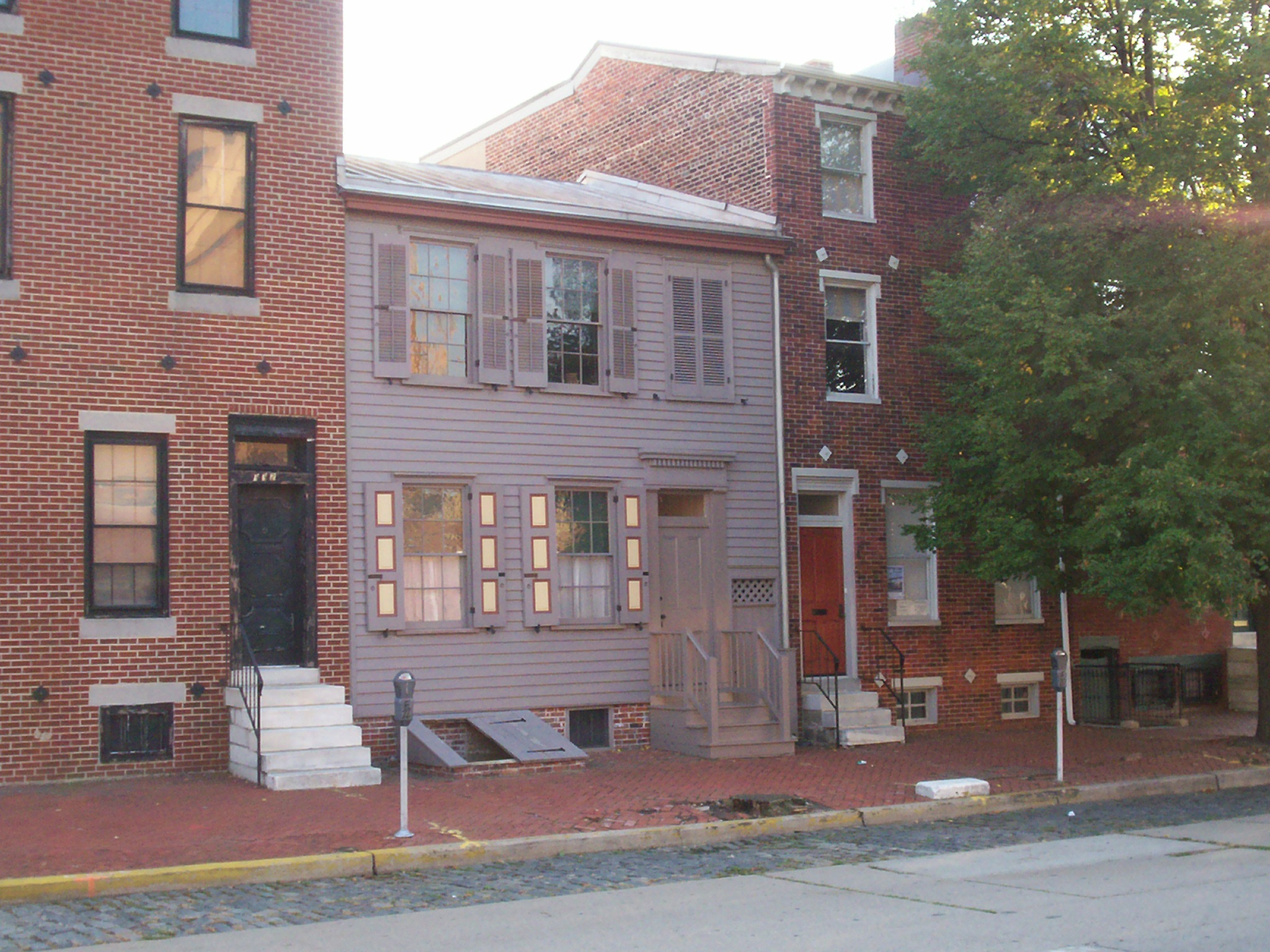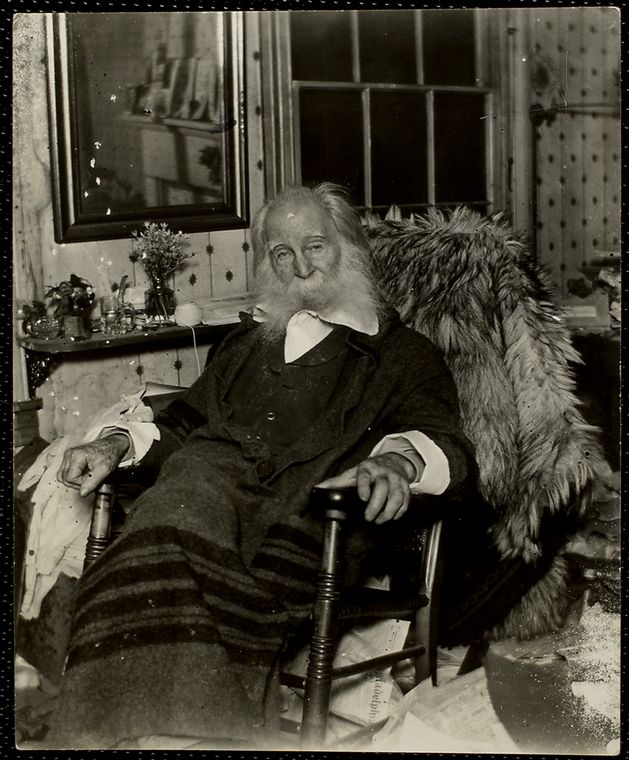“Camden was originally an accident, but I shall never be sorry I was left over in Camden. It has brought me blessed returns.”

Whitman, Camden, and plumbing:
Before we can look at houses like Whitman’s house on Mickle Street we have to look at what it was that made Whitman stay in Camden, the short and confusing answer being plumbing.
Whitman’ younger brother George Washington Whitman was a pipe inspector for the city of Camden. He was worked part time while also inspecting pipes in Brooklyn and running a construction business. He was hired at a time when cities were growing much more quickly and would therefore need better infrastructure. The goal was to try and make up and coming cities like Camden sanitary and conducive to living a healthy life. It was a time in which scientist had realized the dangers of disease caused by sewage; This lead to more regulations over water and sewage as well as demand for more modern infrastructure. This was accomplished by laying down better running water systems as well as creating Water treatment centers.
Before these revelations in hygiene the ways by which people took care of themselves was at best primitive. Before the 1840’s most water was provided by wells, local rivers that were often contaminated with sewage, or haphazardly built pipe systems depending on ones proximity to a city or body of water . Furthermore very few people believed in things like bathing which many viewed as hazardous to ones health or just unnecessary. It was through these conditions that many illnesses like Cholera, typhus and typhoid fever were able to run rampant across the United States.
Culturally these findings meant that people became more informed about public health. They had easier access to clean water and were able to develop better hygienic skills. This in turn also meant that people were able to live longer because the spread of disease could be more controlled with good hygiene.
With the money that George was able to make from his various jobs he was able to build his own house for him, his family, and his mother. It was this house which Whitman visited in 1873 to visit his mother three days before she died. This left him depressed and after a short stint back in Washington D.C. Whitman returned to Camden to live with his brother. He spent the next eleven years there while paying room and board. It was after those eleven years that his brother George moved to Burlington New jersey and Whitman bought his house on Mickle Street.
Whitman House:
Walt Whitman’s house in Camden like most found in any city is a row house or terrace house. A row house is a house of medium density that shares one if not two walls with the houses next to it while also mirroring the façade of the other houses. Typically these houses tend to have no front yard with little to no backyard. These types of house originated in Europe during the latter half of the 17th century though. At that time and up until recently they were associated with the working class as they were inexpensive and favored over apartment housing. Furthermore these houses were very cost effective to build and easy to design.
The first row houses to be built in the United States were those of Carstairs Row in Philadelphia in and around the time of 1799 to 1820; they were designed by architect and builder Thomas Carstairs for the developer William Sansom. They were built as part of one of the first speculative housing developments in the United State whose goal it was to break up land in to smaller easier plots to both build on and sell. These houses with there uniform design were vastly different from what was typical of that time. Most houses in Philadelphia were made in varying styles and of varying dimensions and quality. As time passed row houses became very popular and spread across various cities of the United States, one of them being Camden. Culturally this meant a change in how people interacted with their neighbors. It created much more tight nit communities in which everyone knew each other and looked out for one another. These communities were often centered on one similar trait that would be shared by members of the community whether it is their occupation, race, or religion.
Camden like many cities around the country is now mostly made up of row houses.
Walt Whitman’s house on Mickle Street is one row house that seems to deviate from what one usually expects a row house to look like as in seen in the picture below.

A lot of the other houses in Camden as well as row houses around the country tend to be truer to the original definition of row houses as you can see below.
Whitman’s row house was built around 1848 and given its appearance was probably was probably a part of another set of row houses before they were torn down. Whitman bought it in 1884 for $1,750, he was seventy-two at the time and is the only house he ever himself owned. He paid for it through a personal loan as well through the royalties he received from the sales of Leaves Of Grass. Whitman remained there until his death on March 26, 1892.
References:
“Walt Whitman House” <http://en.wikipedia.org/wiki/Walt_Whitman_House> Wikipedia.
“Walt Whitman House” <http://www.ci.camden.nj.us/attractions/waltwhitman.html> City Of Camden.
“History of Plumbing in America” Plumbing and Mechanical, July 1987.
Sill, Geoffry M. “Camden, New Jersey” <http://www.whitmanarchive.org/criticism/current/encyclopedia/entry_13.html> Walt Whitman: An encyclopedia



![Reblog this post [with Zemanta]](../../../../img.zemanta.com/reblog_ec68d.png?x-id=6ef5545e-3474-42f9-9873-44b9073702f4)